TEMPE, Ariz., U.S.: Mammalian teeth come in all sorts of shapes and sizes. Their particular dimensions and form are the process of millions of years of evolutionary fine-tuning. As a result, mammals that are closely related and have a similar diet tend to have teeth that look fairly similar. However, new research from the Arizona State University (ASU) suggests that these likenesses may only be superficial. The study findings demonstrated that one straightforward developmental rule is responsible for the myriad complexity of dental features.
The bumps, ridges and grooves that characterize the molar occlusal surface are the product of the spatial arrangement of cusps. How many cusps there are, how they are positioned, and what size and shape they take together determine a molar’s overall form. Over the course of hominin (modern humans and their fossil ancestors) evolution, molars have changed markedly in their configuration, with some groups developing larger cusps and others evolving molars with a battery of smaller extra cusps.
Charting these changes has yielded powerful insights into our understanding of modern human population history. It has even allowed the identification of new fossil hominin species, sometimes from only fragmentary tooth remains, and to reconstruct which species is more closely related to which. Exactly how some populations of modern humans and some fossil hominin species evolved complex molars with many cusps of varying sizes, while others evolved more simplified molar configurations, however, is unknown.
The results of the ASU study showed that a simple developmental rule—the “patterning cascade”—is powerful enough to explain the massive variability in molar crown configuration over the past 15 million years of ape and human evolution.
In the past decade, researchers’ understanding of molar cusp development has increased immensely. Today, it is known that the formation of these cusps is governed by a molecular process that starts at an early embryonic stage. Based on experimental work on mice, the patterning cascade model predicts that molar configuration is primarily determined by the spatial and temporal distribution of a set of signaling cells.
Clumps of signaling cells (and their resultant cusps) that develop earlier strongly influence the expression of cusps that develop later. This cascading effect can result in either favoring an increase in the size and number of additional cusps or constraining their development to produce smaller, fewer cusps. Whether this sort of simple developmental phenomenon could explain the vast array of molar configurations present across ape and human ancestry was unknown.
Using state-of-the-art microcomputed tomography and digital imaging technology applied to hundreds of fossil and recent molars, lead author Dr. Alejandra Ortiz from the Institute of Human Origins at ASU and her colleagues created virtual maps of the dental landscape of developing teeth to chart the precise location of embryonic signaling cells from which molar cusps develop. The team found that the predictions of the model held up, not just for modern humans, but for over 17 ape and hominin species spread out across millions of years of higher primate evolution and diversification.
“Our research, demonstrating that a single developmental rule can explain the countless variation we observe across mammals, also means we must be careful about inferring relationships of extinct species based on shared form. It is becoming clearer that similarities in tooth form may not necessarily indicate recent shared ancestry,” said co-author Dr. Shara Bailey, associate professor at the Center for the Study of Human Origins at New York University, U.S.
The study, titled “Evo-devo models of tooth development and the origin of hominoid molar diversity,” was published in the April 2018 issue of Science Advances.
The study was conducted in collaboration with researchers from the Department of Human Evolution at the Max Planck Institute for Evolutionary Anthropology, Leipzig, Germany.
Tags:
BURGOS, Spain: There are many scientists arguing that the Neanderthal lineage evolved linearly. However, a paper by a team of researchers from the Centro ...
NEW YORK, U.S.: The development of the V3 implant focused on the design of the conical connection and the titanium grade of all components, providing more ...
Sara Ahmed oversees product management and marketing at BioHorizons Camlog, a pioneer in engineering smiles through dental implants and tissue regeneration ...
SINGAPORE: Moving from a limited focus on the environment to recognising the importance of health, well-being and prosperity of people and the planet, the ...
In today’s busy life, patients may have trouble coordinating their work and home schedules when treatment requires multiple appointments. Typically, when ...
The digital revolution in dentistry has introduced increasingly efficient and predictable workflows, enabling clinicians to drastically reduce treatment ...
PHILADELPHIA, U.S.: Taste disorders and other neurosensory defects have been reported postoperatively in a number of patients who have undergone extraction ...
Orthodontic appliances are used to reposition teeth by leveraging the natural process of bone remodelling. When force is applied to teeth, it triggers bone ...
A vertical root fracture (VRF) is a longitudinally oriented fracture of the root that, depending on its cause, can originate from the apex and propagate to ...
Immediate placement of implants into fresh extraction sockets has been shown to deliver good outcomes. The literature reports good implant survival rates, ...
Live webinar
Tue. 9 December 2025
12:30 pm EST (New York)
Live webinar
Tue. 9 December 2025
7:00 pm EST (New York)
Prof. Dr. Wael Att, Dr. Robert A. Levine DDS, FCPP, FISPPS, AOD
Live webinar
Wed. 10 December 2025
10:00 am EST (New York)
Live webinar
Wed. 10 December 2025
12:00 pm EST (New York)
Live webinar
Wed. 10 December 2025
1:00 pm EST (New York)
Live webinar
Wed. 10 December 2025
1:00 pm EST (New York)
Live webinar
Thu. 11 December 2025
3:00 pm EST (New York)



 Austria / Österreich
Austria / Österreich
 Bosnia and Herzegovina / Босна и Херцеговина
Bosnia and Herzegovina / Босна и Херцеговина
 Bulgaria / България
Bulgaria / България
 Croatia / Hrvatska
Croatia / Hrvatska
 Czech Republic & Slovakia / Česká republika & Slovensko
Czech Republic & Slovakia / Česká republika & Slovensko
 France / France
France / France
 Germany / Deutschland
Germany / Deutschland
 Greece / ΕΛΛΑΔΑ
Greece / ΕΛΛΑΔΑ
 Hungary / Hungary
Hungary / Hungary
 Italy / Italia
Italy / Italia
 Netherlands / Nederland
Netherlands / Nederland
 Nordic / Nordic
Nordic / Nordic
 Poland / Polska
Poland / Polska
 Portugal / Portugal
Portugal / Portugal
 Romania & Moldova / România & Moldova
Romania & Moldova / România & Moldova
 Slovenia / Slovenija
Slovenia / Slovenija
 Serbia & Montenegro / Србија и Црна Гора
Serbia & Montenegro / Србија и Црна Гора
 Spain / España
Spain / España
 Switzerland / Schweiz
Switzerland / Schweiz
 Turkey / Türkiye
Turkey / Türkiye
 UK & Ireland / UK & Ireland
UK & Ireland / UK & Ireland
 Brazil / Brasil
Brazil / Brasil
 Canada / Canada
Canada / Canada
 Latin America / Latinoamérica
Latin America / Latinoamérica
 USA / USA
USA / USA
 China / 中国
China / 中国
 India / भारत गणराज्य
India / भारत गणराज्य
 Pakistan / Pākistān
Pakistan / Pākistān
 Vietnam / Việt Nam
Vietnam / Việt Nam
 ASEAN / ASEAN
ASEAN / ASEAN
 Israel / מְדִינַת יִשְׂרָאֵל
Israel / מְדִינַת יִשְׂרָאֵל
 Algeria, Morocco & Tunisia / الجزائر والمغرب وتونس
Algeria, Morocco & Tunisia / الجزائر والمغرب وتونس
 Middle East / Middle East
Middle East / Middle East




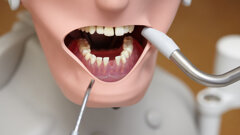

















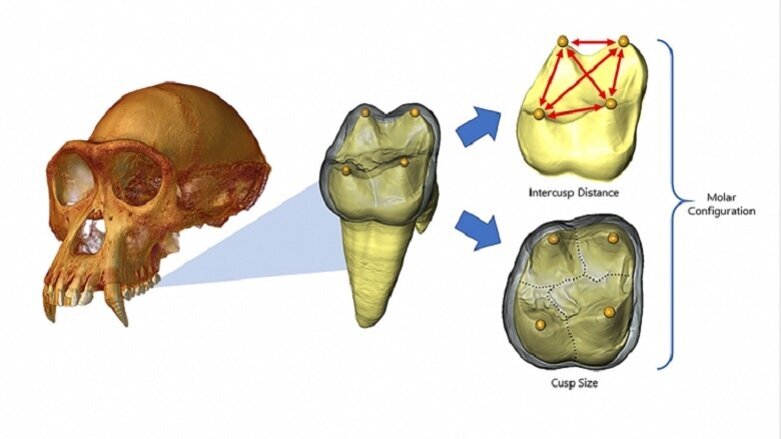



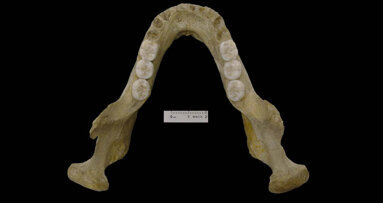
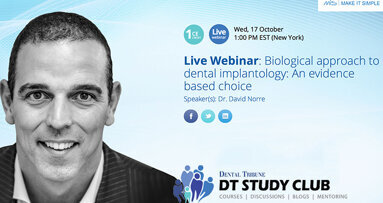



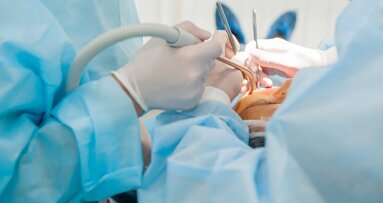


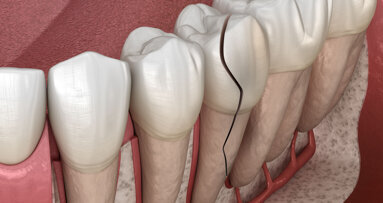
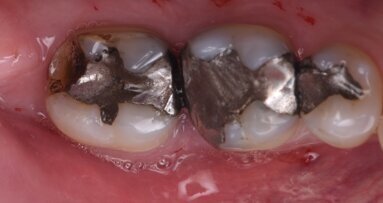











To post a reply please login or register